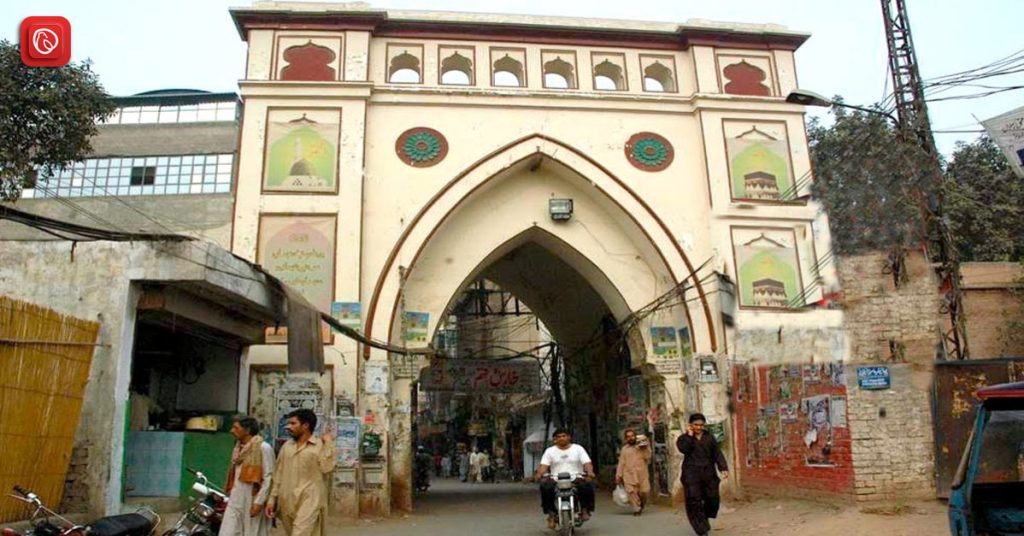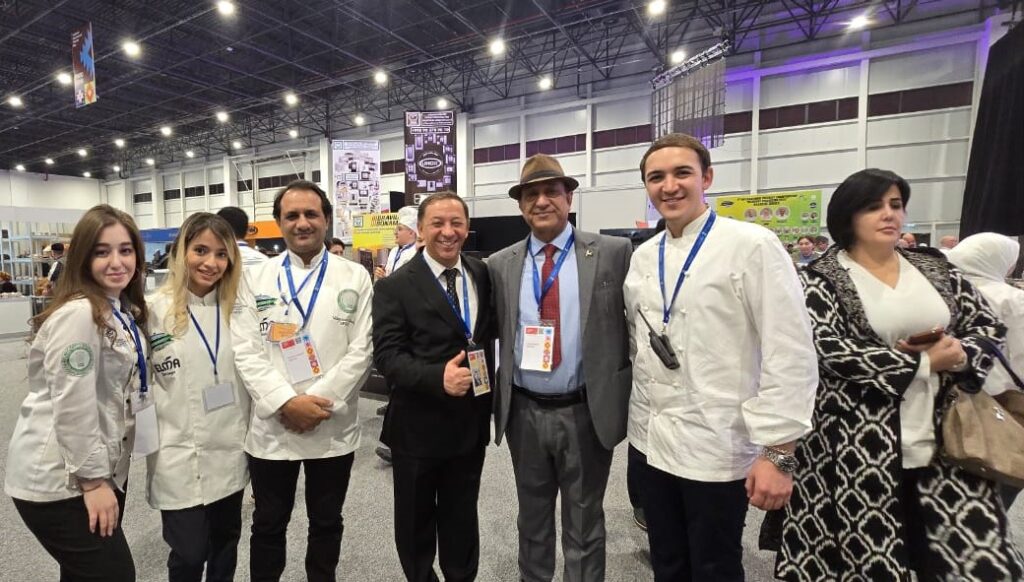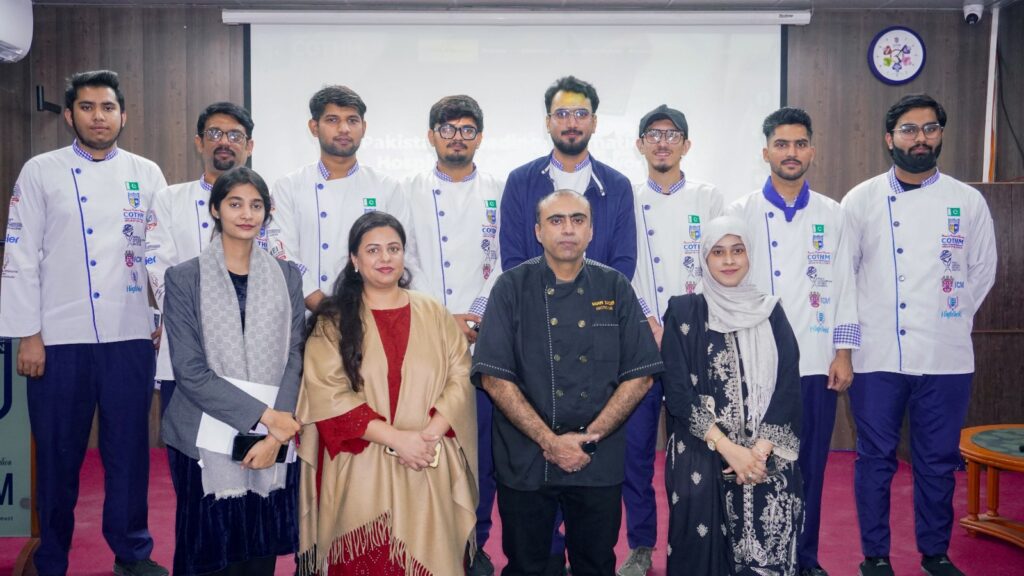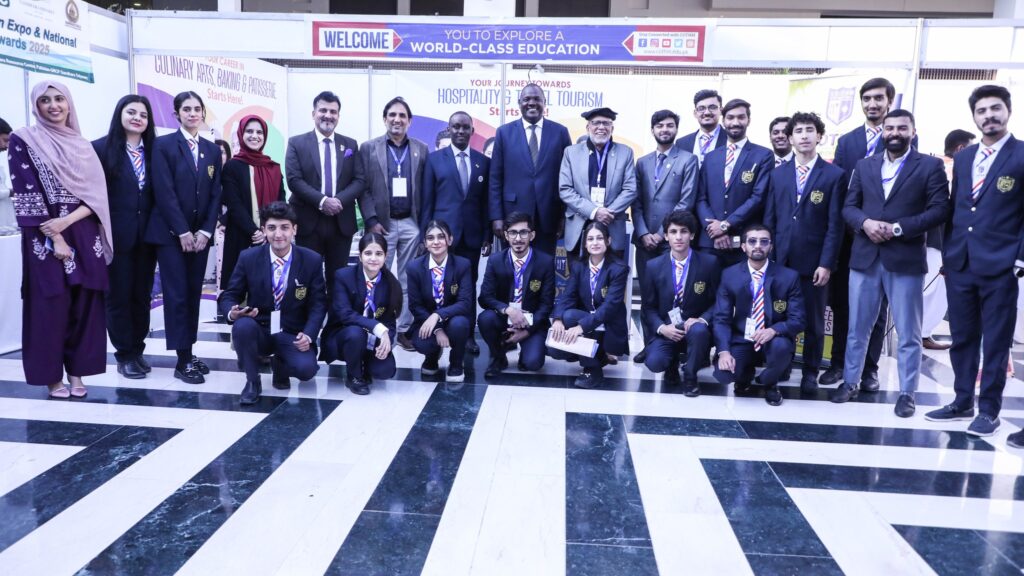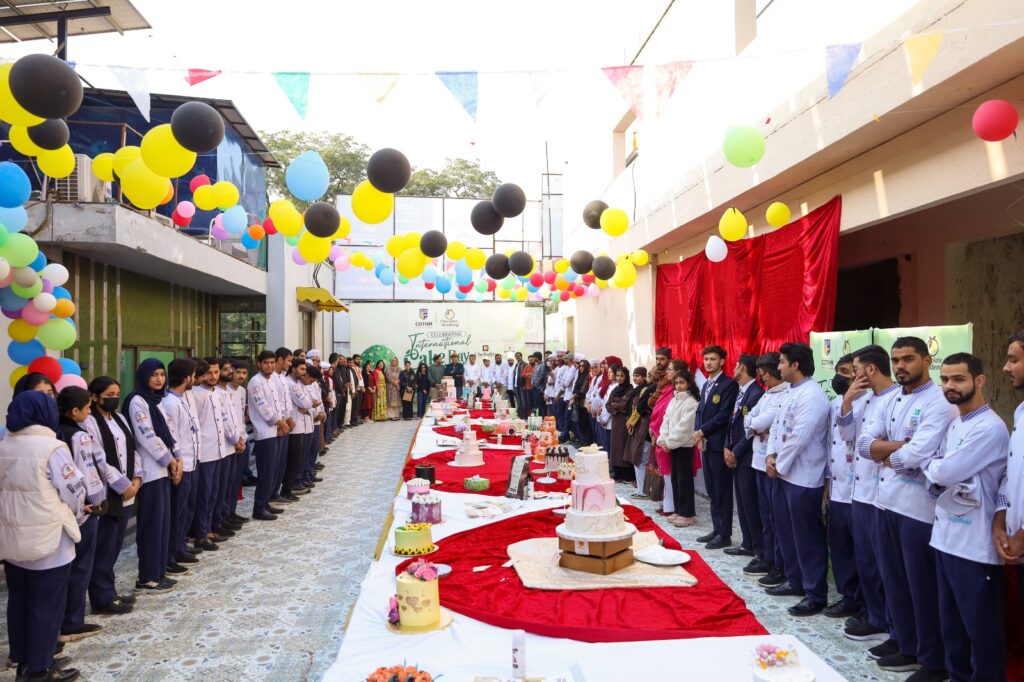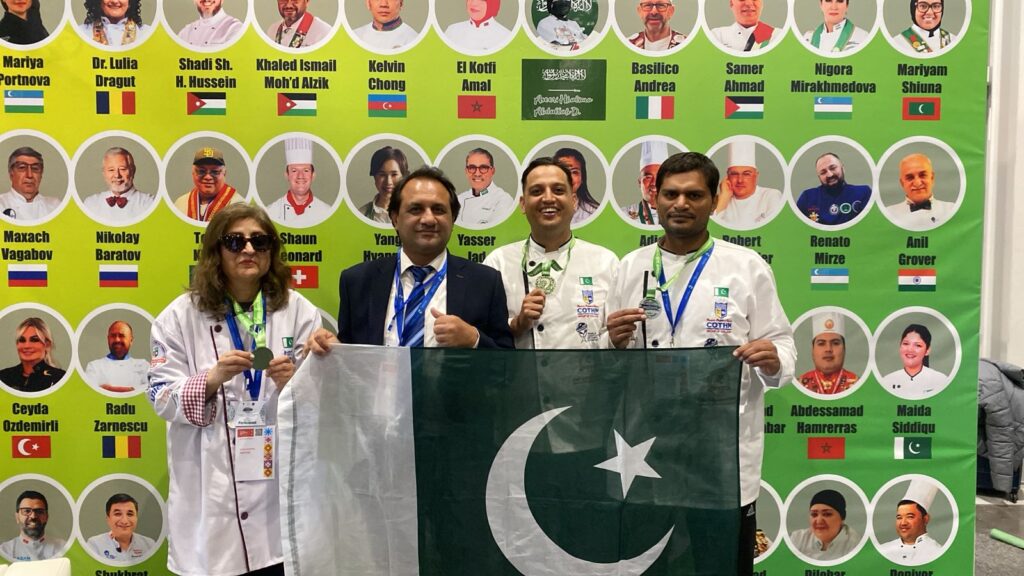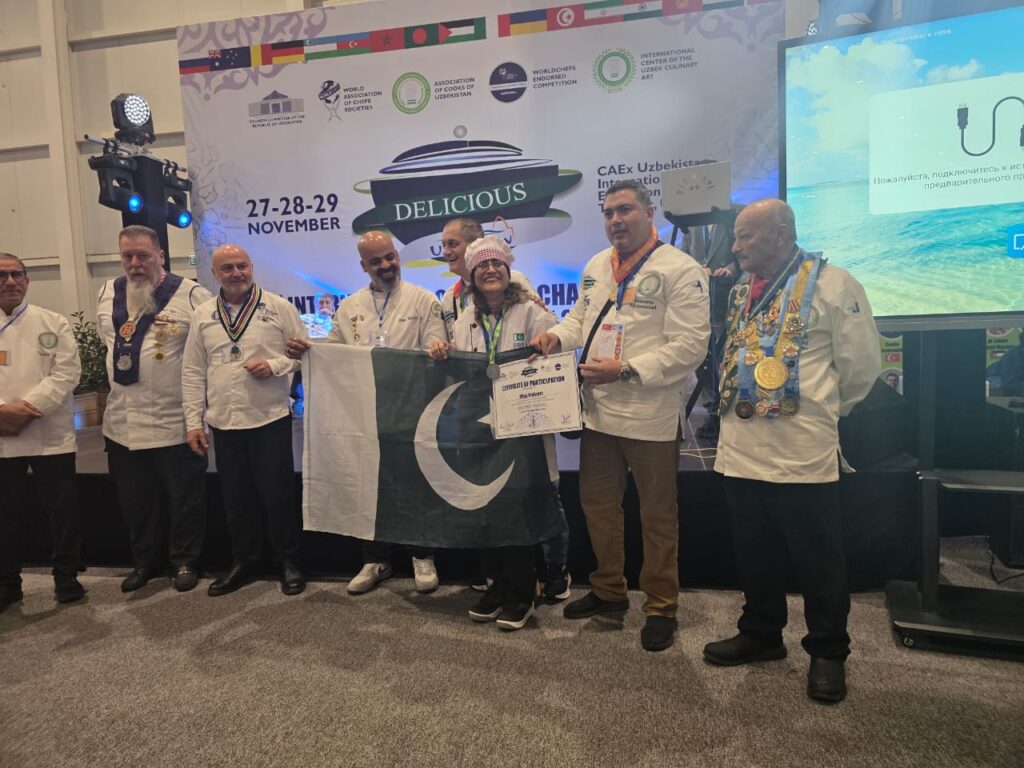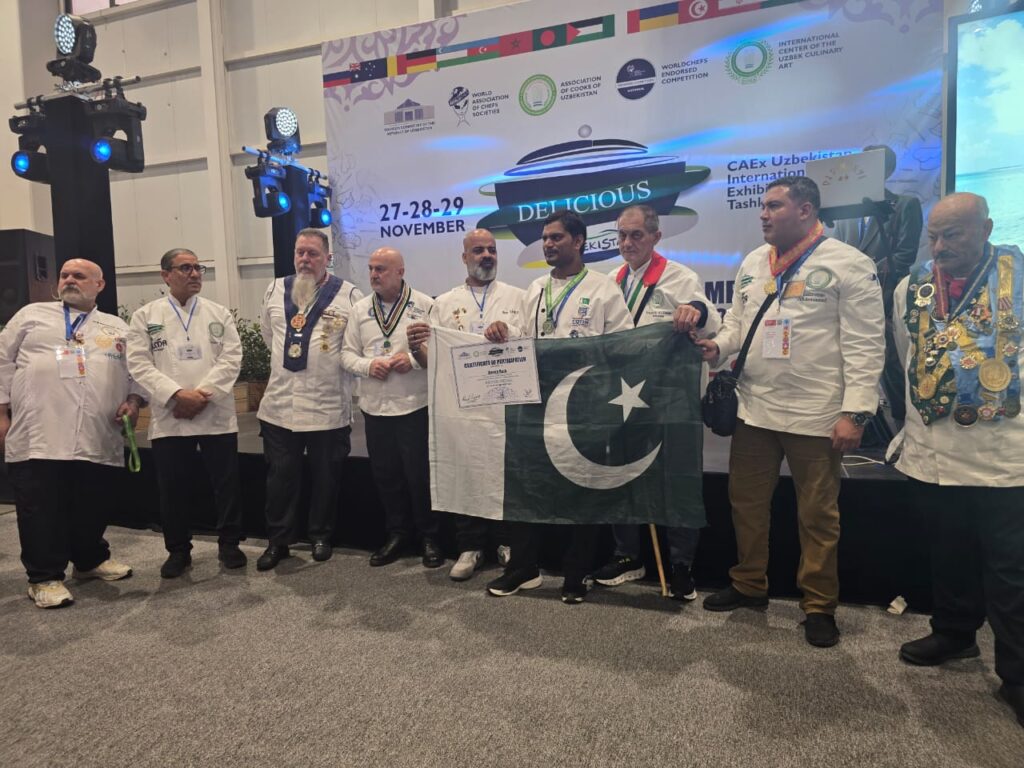Bhati Gate, one of the original thirteen gates of the Walled City of Lahore, stands as a vibrant symbol of the city’s rich cultural and historical legacy. Steeped in centuries of tradition, this gate marks the entrance to a neighborhood renowned for its contributions to literature, politics, music, and art. It is not just an architectural relic but a living testament to the spirit of old Lahore.
Named after the Bhati Rajput tribe, Bhati Gate has long served as a hub for intellectual gatherings, poetic recitations, and traditional storytelling. The area beyond the gate thrived as a melting pot of ideas, where scholars, poets, and revolutionaries once mingled in its narrow, bustling alleys.
A stroll through Bhati Gate transports one back in time. Traditional havelis line the streets, some beautifully restored, others echoing tales of faded grandeur. The air is rich with the scent of local delicacies like nihari and paya, as food vendors continue to serve recipes handed down through generations. It’s also home to the famed Bazaar-e-Hakiman — a historic marketplace known for traditional herbal medicine and aromatic spices.
Among its many cultural treasures, Bhati Gate is famously associated with legendary Urdu poet Allama Iqbal and other literary figures who frequented the area’s historic tea houses. It also hosts cultural processions and events that reflect Lahore’s diverse heritage, particularly during religious and national festivals.
In recent years, restoration efforts by the Walled City of Lahore Authority have helped revive the area’s charm, drawing in tourists and locals alike who seek to reconnect with the soul of the city. Today, Bhati Gate continues to serve as a bridge between Lahore’s glorious past and its dynamic present — a true emblem of resilience, creativity, and community spirit.

